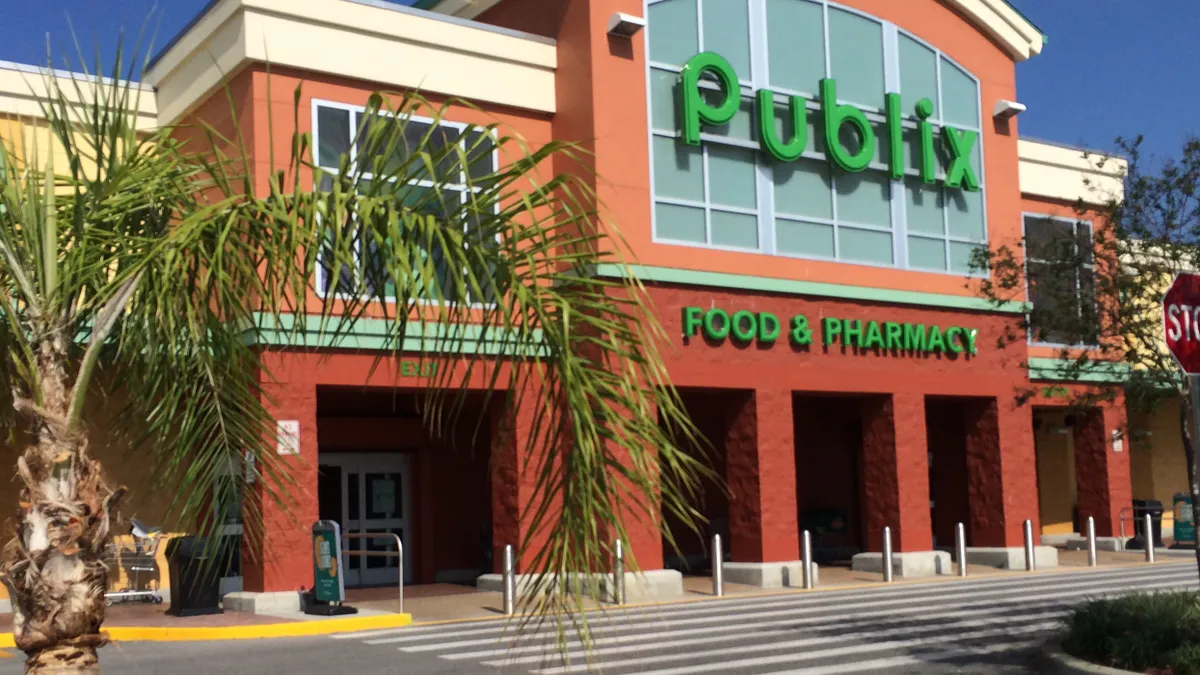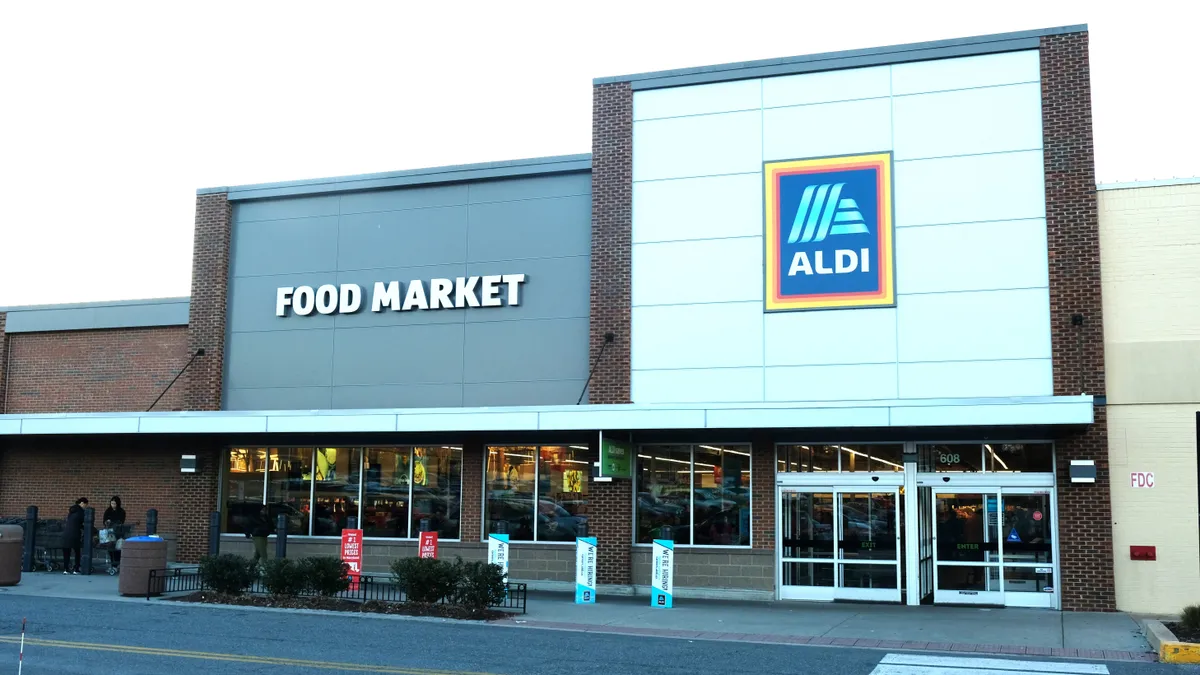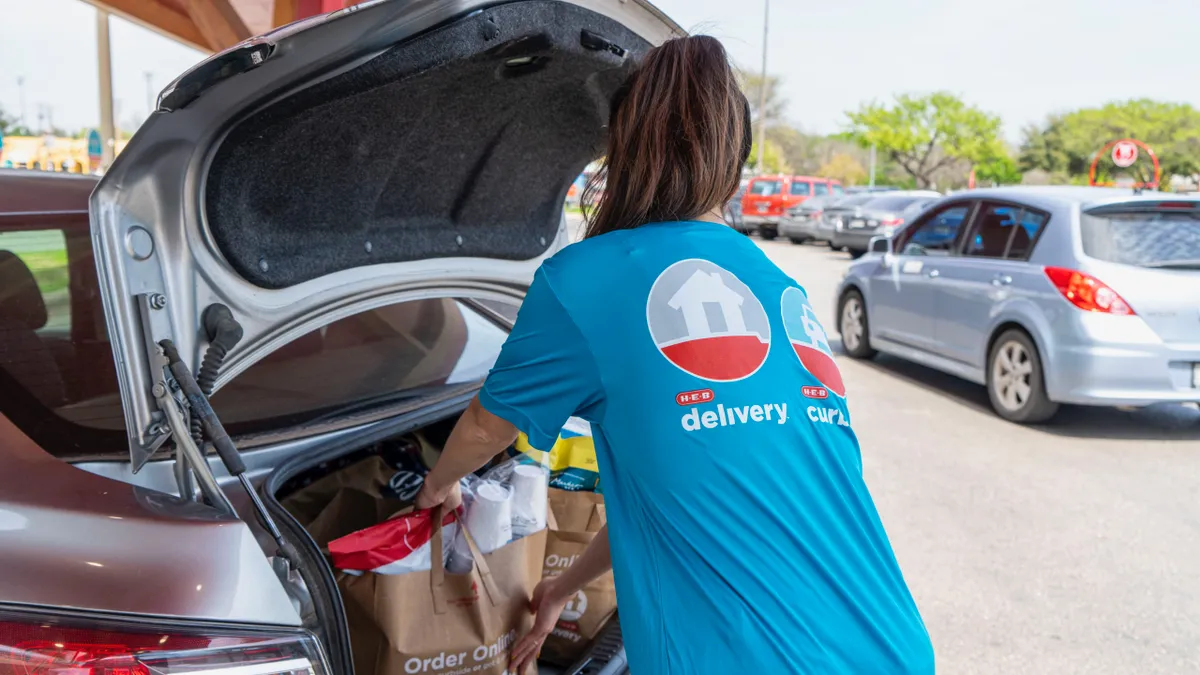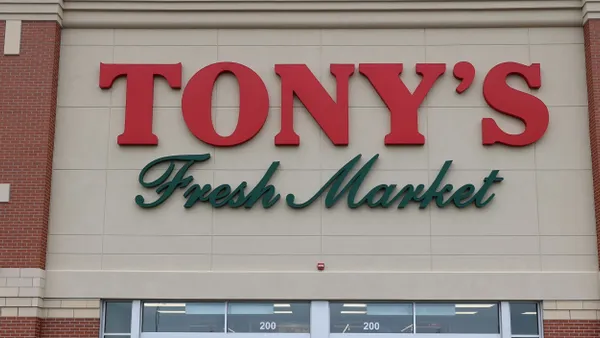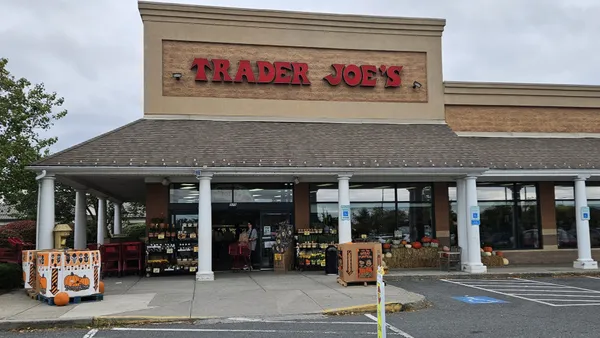Dive Brief:
- Publix announced it will build a new $400 million 1.8 million-square-foot refrigerated distribution center in Greensboro, North Carolina, a venture that could create an estimated 1,000 jobs with an average salary of $44,000 by 2025, according to the Atlanta Business Chronicle.
- The facility will support grocery product delivery to store locations in Virginia, North Carolina and South Carolina. The distribution center will be partially funded by a Job Development Investment Grant approved by the state of North Carolina, which estimates that the undertaking will boost its economy by $1.38 billion throughout the course of the 12-year term of the grant, according to The Shelby Report.
- The facility will be the largest distribution hub in the area, outsizing the 1.48 million-square-foot Harris Teeter center in Greensboro and the new 900,00 square-foot Lidl facility in Mebane.
Dive Insight:
The creation of this distribution center checks two important boxes for Publix: it will support its expanding infrastructure and also maintain its reputation as a community-minded grocer as it continues to scale.
The retailer's growth plans are significant — earlier this year it announced it would spend $1.5 billion to bolster its footprint in the Mid-Atlantic market by building new stores and remodeling old formats. Virginia has been a particularly bright spot for the grocer's expansion, as the grocer was able to snap up 10 Martin's stores in just the last year following Ahold USA's merger with Delhaize Group.
This distribution center could help stabilize Publix as it stretches itself across the region, which is fraught with competition from other premium rivals such as Harris Teeter and Wegman's. Though it won't be easy for the Southeastern grocer to win shopper loyalty away from its base, especially since local opponents provide comparable levels of product quality and customer service, the grocer's cautious growth strategy has proven successful thus far.
In the last ten years, the supermarket has slowly begun to move away from leasing its store properties so it can own them outright instead. In 2017, Publix owned nearly 32% of its stores, compared to only about 11% in 2007. This allows the company to buy and anchor shopping centers with a Publix grocery store, which helps keep competing retailers off its turf and also lets it collect rent from business tenants.
The plans for this distribution center are equally savvy. If executed well, Publix will ensure it can maintain the quality of its fresh foods across new stores in Virginia and the Carolinas, and it could also gain clout with North Carolina shoppers because of the job opportunities the facility will bring to the region.
The grocer's other recent investments in e-commerce, grocery delivery services, store-branded meal kits and other premium private label offerings could also give it a competitive edge against both local independents and major chains — despite its outsider status.



